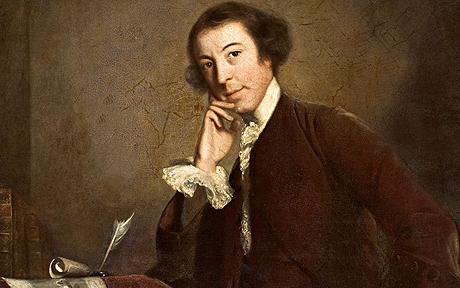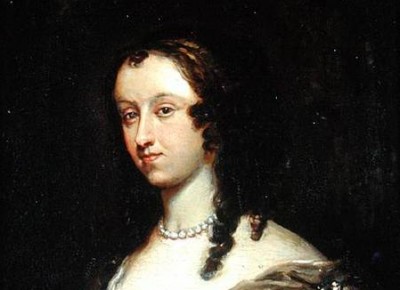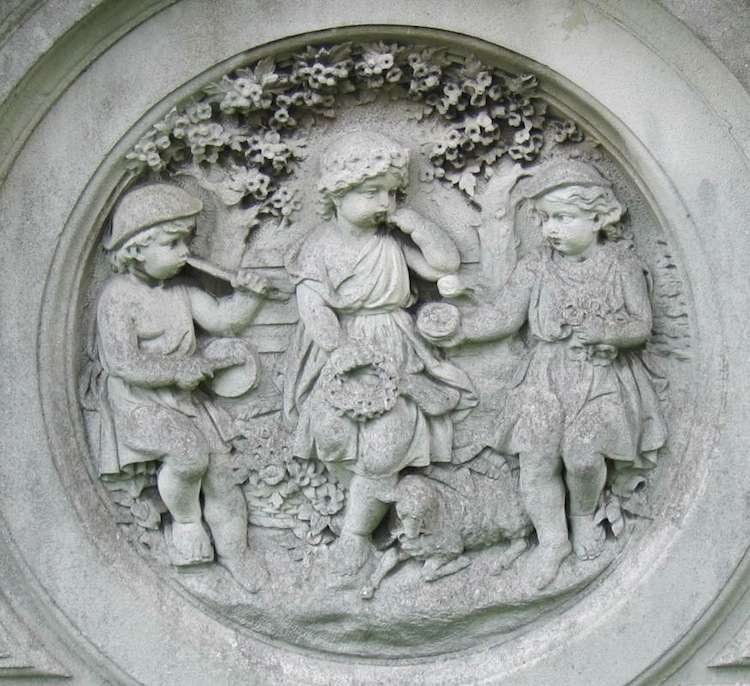By the end of the 19th century Glasgow School of Art was one of the leading art academies in Europe and after early success in the fine arts, the late 1890s saw Glasgow’s reputation in architecture and the decorative arts reach an all time high. At the very heart of this success was a talented young architect and designer, Charles Rennie Mackintosh whose reputation was to quickly spread beyond his native city and who, over a century later, is still regarded as the father of Glasgow Style.
An endlessly fascinating man who created work with a very distinctive voice, Mackintosh emerged from the Arts and Crafts period as an urban architect who became progressively less interested in its rural aesthetic and increasingly inspired by the progressive art movements of Germany and Austria. Despite the disappointments of his later years, his early and mid-career work in Glasgow much of which is still in use today has sealed his reputation as one of the most important architects and designers of the turn of the 20th century.
Combining a progressive modernity with the spirit of romanticism, the Scottish architect and designer created many of the best loved and most influential buildings, furniture and decorative schemes of the early 20th century.
Few designers can claim to have created a unique and individual style that is so instantly recognisable.
Charles Rennie Mackintosh designed schools, offices, churches, tearooms and homes, an interior designer and decorator, an exhibition designer, a designer of furniture, metalwork, textiles and stained glass and, in his latter years, a watercolourist.
Excelling in all these areas, Mackintosh left hundreds of designs and a rich volume of realised work. His distinctive style mixed together elements of the Scottish vernacular and the English Arts and Crafts tradition with the forms of Art Nouveau and a drive to be modern.
As his work matured Mackintosh employed bolder geometric forms in place of organic-inspired symbolic decoration.
Charles Rennie Mackintosh’s work can be divided into three main areas: public buildings, private homes and tea rooms. The Glasgow tea rooms he designed in the early 1900s are perhaps his most unique contribution in which art, architecture and design came together in a complete environment.
These light, elegant and sophisticated interiors were an enormous contrast to the gritty, smoky urban city of Glasgow where he was born, trained and lived for most of his adult life. Glasgow is where the majority of his work was executed and Mackintosh’s career paralleled the city’s economic boom. By the end of the 19th century Glasgow was a wealthy, burgeoning European city with an immense network of trade and manufacture that supplied the world with coal and ships. It was also a rich source of commissions for a gifted young architect and designer.
One of eleven children, Mackintosh was born in 1868 to Margaret and William Mackintosh, a clerk in the police force. He grew up in Glasgow and from the age of nine attended the Allan Glen’s Institution, a private school for the children of tradesmen and artisans, which specialised in vocational training.
At fifteen Mackintosh began evening classes at Glasgow School of Art and a year later, in 1884, he began a five-year pupilage with the Glasgow architects John Hutchins. In 1889 he joined the more eminent firm of Honeyman & Keppie, where he received a traditional Beaux Arts training typical of the period.
Mackintosh was extremely fortunate to work throughout his career with clients such as Walter Blackie, who allowed him to have complete control over a project. However his most supportive client and most generous and constant patron was Miss Catherine Cranston, who owned and ran a chain of Glasgow tea rooms. At the time Glasgow tea rooms were unique as places where people of different classes could meet friends, relax and enjoy non-alcoholic refreshments in a variety of spaces within the same building. At a time when the temperance movement was increasingly popular, tea rooms like Miss Cranston’s played an important role in Glasgow life.
In 1923 he moved to southern France where he spent the last five years of his life before dying in London.
1928 Dies in London of cancer of the tongue


![RennieMackintosh[1] RennieMackintosh[1]](https://gaukantiques.com/wp-content/uploads/2013/03/RennieMackintosh1-150x150.gif)



















